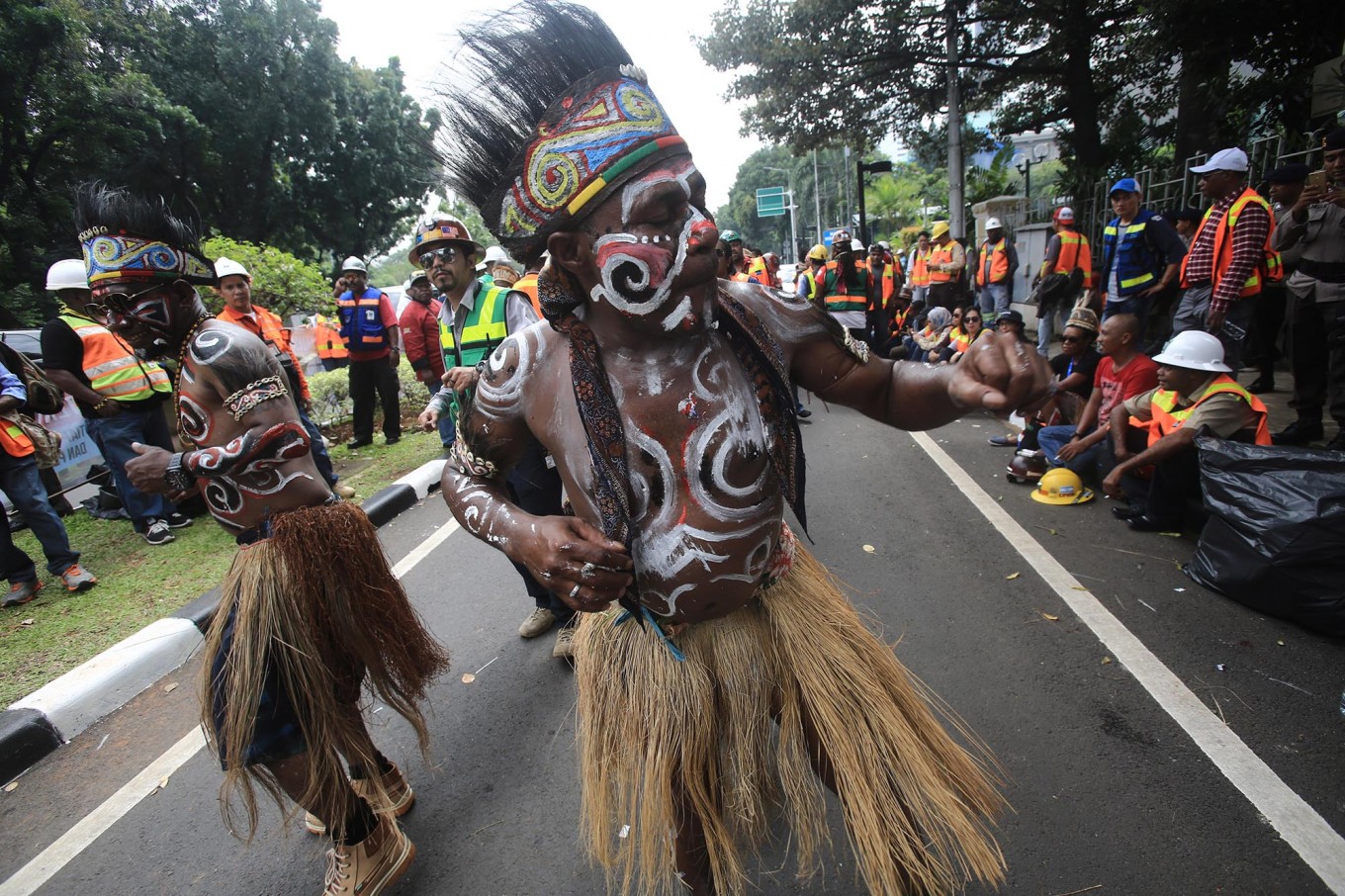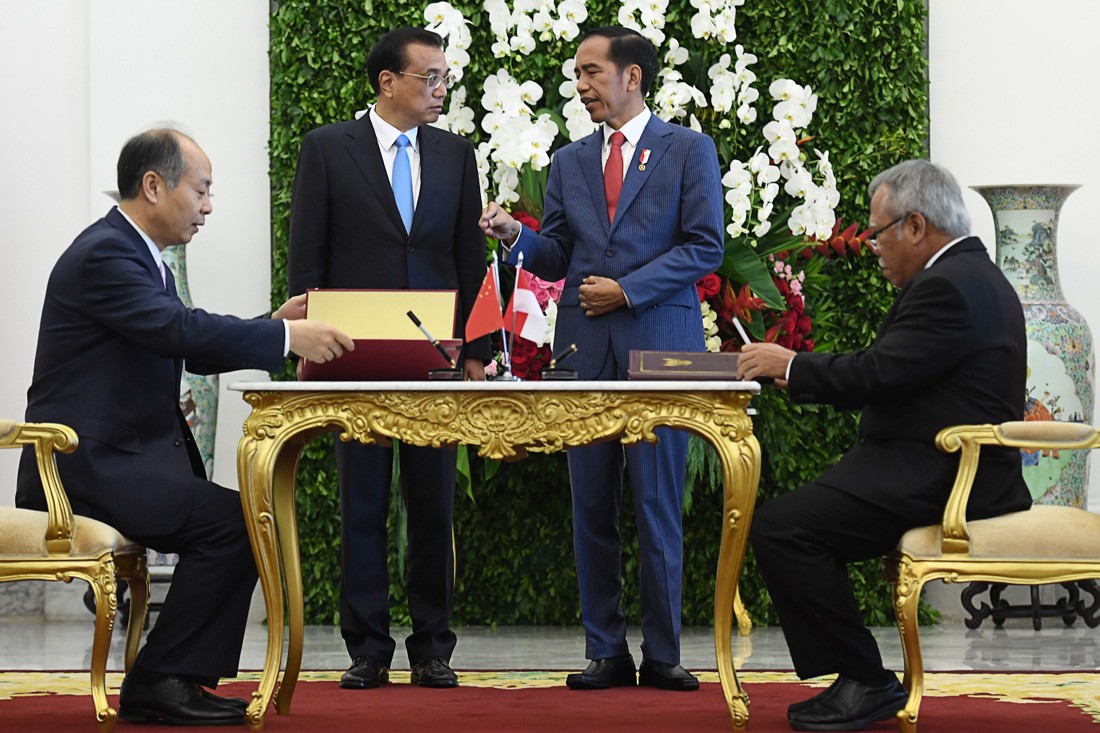Commentary: Looking at Freeport deal through distorted lens of politics
Published on December 27, 2018
Still, it is mind-boggling to hear the perpetual criticisms analysts and the campaign team of presidential challenger Prabowo Subianto have lashed out at the successful FI divestment.
Looking at the FI acquisition only through the distorted political lens of misguided arguments simply insults the people’s intelligence.
Critics have ridiculed the acquisition of the world’s second largest copper and gold mine as a “senseless and stupid move”, asking why the government did not wait until FI’s current contract ended in 2021 — by which time it could simply take over the mine without paying a single rupiah.
These detractors deliberately ignore the legal fact that under Indonesian law, mines operating under a contract of work (CoW) serve as both contractor and investor.
Hence, the government cannot “simply take over” mining operations in the event that the FI contract is not extended beyond 2021, because FCX has the legal right to take home all mining equipment and other fixed assets of its Indonesian subsidiary. Only the mineral deposits laying deep underground belong to the state — mineral resources that have absolutely no value without FI’s technology, expertise, operational system and global network.
This is very different from foreign oil companies, which cannot claim anything after their production sharing contract (PSC) ends, as they are purely contractors.
Taking over the FI mine after the CoW ends without paying due compensation to Freeport as mutually agreed would land the government at the international arbitration court and isolate Indonesia as a pariah of the international community.
If the critics suspect that the price for acquiring majority ownership in FI was unusually high or smacked of irregularities, it would be more productive if they lobbied the House of Representatives to request that the politically independent Supreme Audit Agency conduct an investigative audit into the entire divesture of the world’s most complex mining operation.
The FI divestment was a normal business transaction between the government, through state-owned mining holding company PT Indonesia Asahan Aluminium (Inalum), and FCX, as required by the law. The negotiations were long and tough, overshadowed by the sociopolitical controversy of FI’s 50-year operations in the country’s easternmost province.
The fact that FCX — which still holds 48.76 percent ownership in FI after the divestment — did not ask for international arbitration as it had threatened, shows that the US mining giant was satisfied with the deal.
The final stage of the divestment smoothly followed the initial agreement signed in August 2017, followed by a heads of agreement signed in July 2018 and a sales and purchase contract that concluded in September.
Judging from the step-by-step process and the comprehensive due diligence the state financial comptroller (internal audit) and the Attorney General’s Office conducted on the deal, we can rest assured that the acquisition was clean and free of any malfeasance.
Most important for FCX is that the deal secures a 20-year extension of FI’s operations through 2041, and guarantees fiscal and legal certainty under a special mining license protected by the 2009 Mining Law. This is vital to the multi-billion dollars in additional investment that is still needed as the mine’s operation shifts from open-pit to underground next year.
On the other hand, the majority ownership enables the government to control FI management, corporate policies and such business plans as dividend payouts. And the government will have more authority over FI when its CoW ends in 2021 and it recommences operation under the special mining license.
Yet more important is the copper smelter, which will be built in Indonesia as one of the key requirements of the new mining license, and which will in turn allow the government to ascertain the gold content of the mine’s copper concentrates.
The fact that Inalum was able to purchase the acquisition with the proceeds of $4 billion global bonds is another proof that the transaction was clearly commercially viable.
Inalum successfully issued in November a $4 billion total tranche of three-year, five-year, 10-year and 30-year bonds in London with yields of 5.5 to 7.30 percent on a choppy global market from concerns over the US-China trade war, the US’ monetary tightening and slowing growth in Asia.
In using the bonds instead of bank loans, Inalum prudently managed its future debt service burden.
A word of caution, however: FI’s production output — and consequently its profit — will most likely decline in the first two years following the divestment.
But by no means is this legal ground for the critics to sue the ministers or the Inalum CEO for corruption. Nor can such a short-term decline in production be blamed on Inalum’s managerial incompetence, because the potential for this problem has been anticipated as Grasberg commences underground mining operations in 2020.







